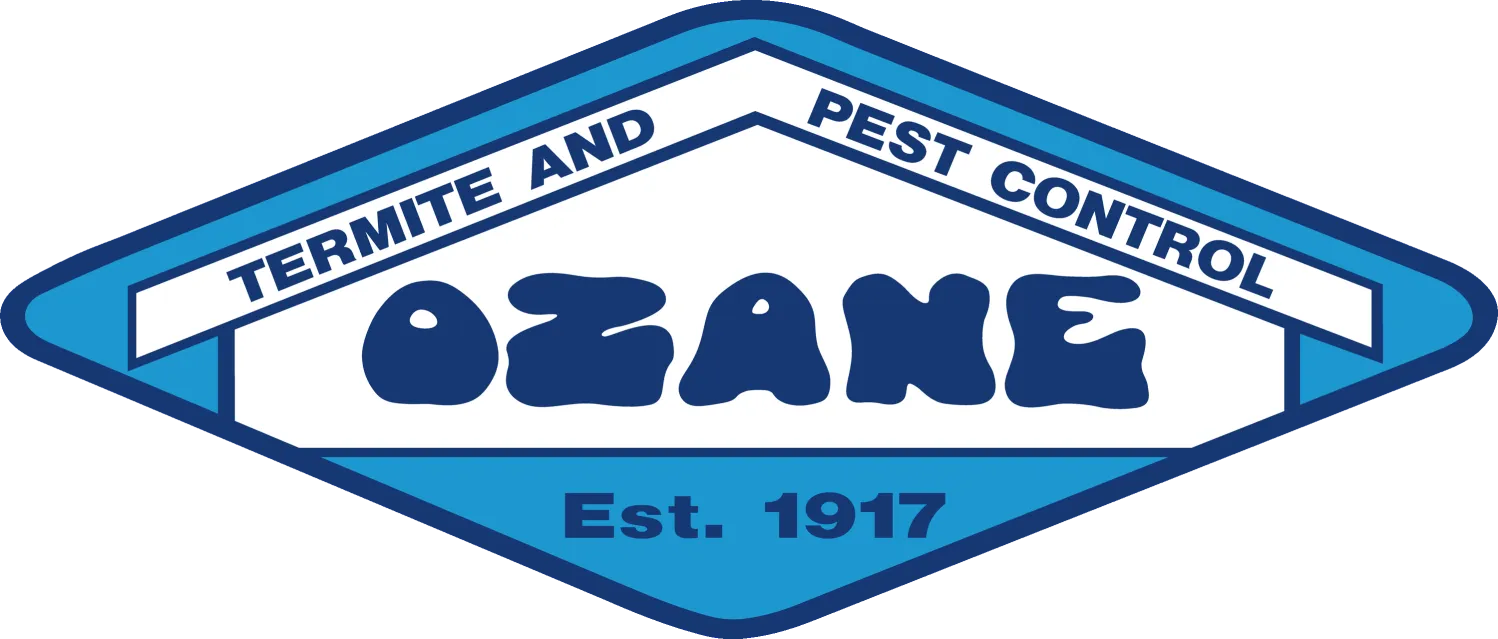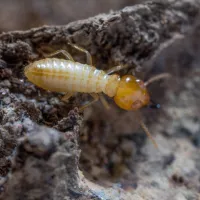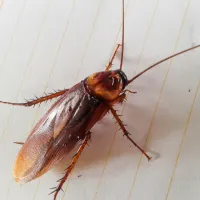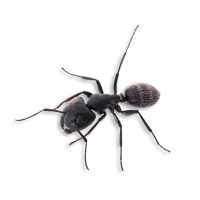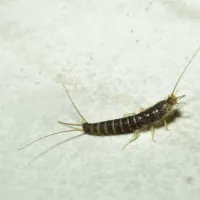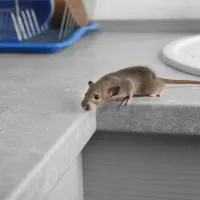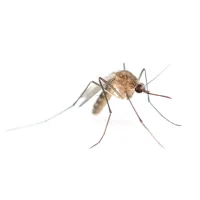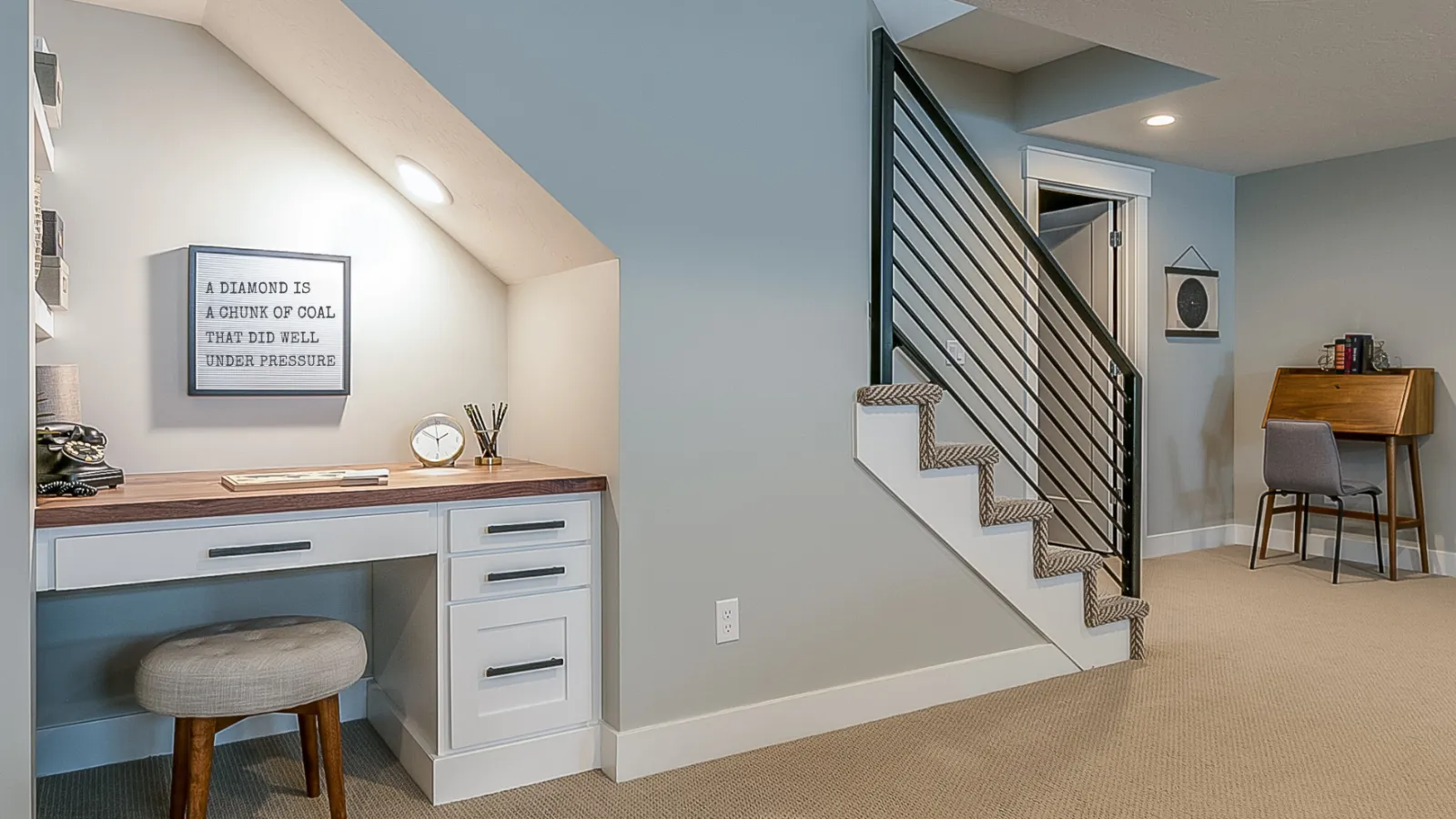
Crawl Space Moisture Solutions
For Homeowners in New Jersey
What Causes Mold In Crawl Spaces
Excess Moisture And Dark, Warm Places
Mold in crawl spaces is almost always caused by excess moisture. Since crawl spaces sit directly over the ground and often have poor airflow, they create the perfect environment for mold growth when moisture is present. Mold is a common issue in Ocean County and Monmouth County, where high humidity levels and frequent rainfall lead to damp conditions in crawl spaces and basements.
If left untreated, mold can lead to health problems such as allergies, asthma, respiratory issues, and structural damage to your home.
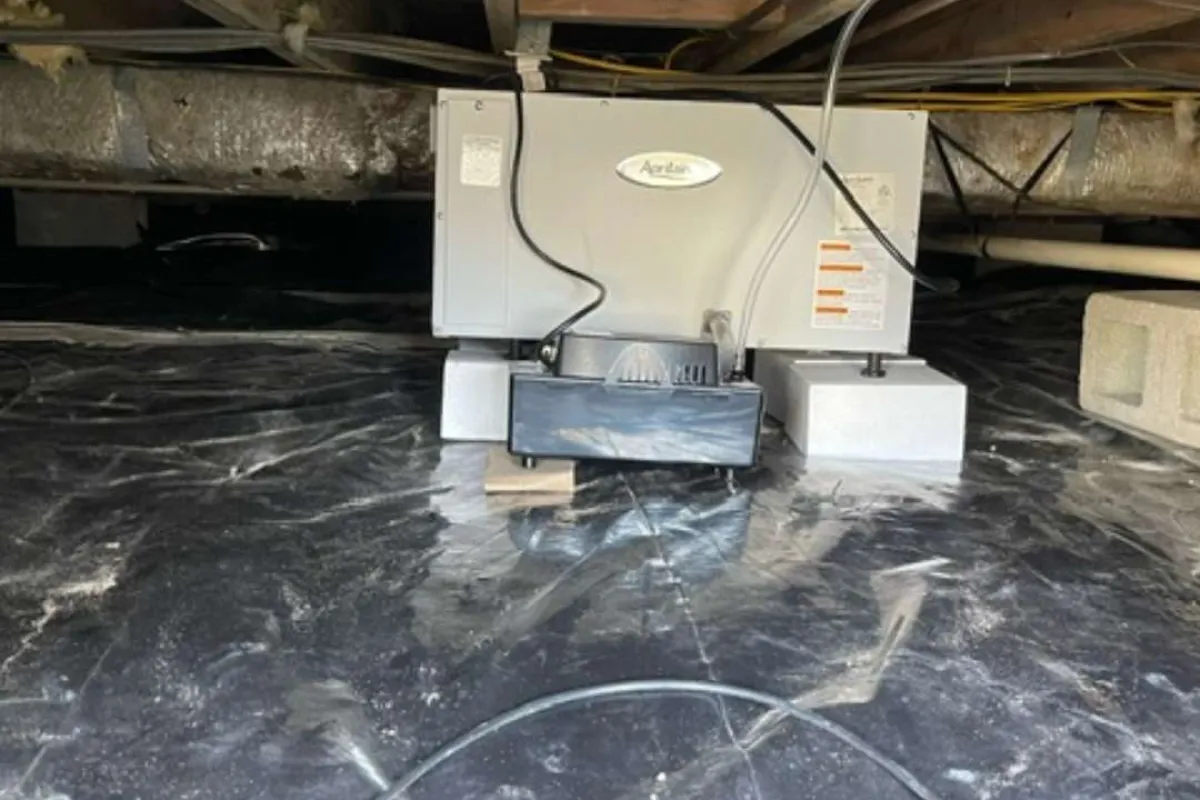
Moisture Control Company
How Ozane Can Help
Ozane offers Ocean County and Monmouth County added protection for crawl spaces, including:
- Insulated vents, which help seal out moisture, pests, and drafts while keeping temperatures more stable year-round. By reducing humidity, these vents also make it harder for mold to develop.
- Crawl space doors provide safe access under the home for inspections, repairs, and pest control, while also helping to keep out pests, animals, and excess moisture.
- Professional mold testing. During a mold test, Ozane's team uses specialized equipment to check the air and surfaces for spores. This helps identify if mold is present, what type it is, and how severe the problem may be. With this information, Ozane can recommend safe and effective solutions to remove it and prevent it from coming back.
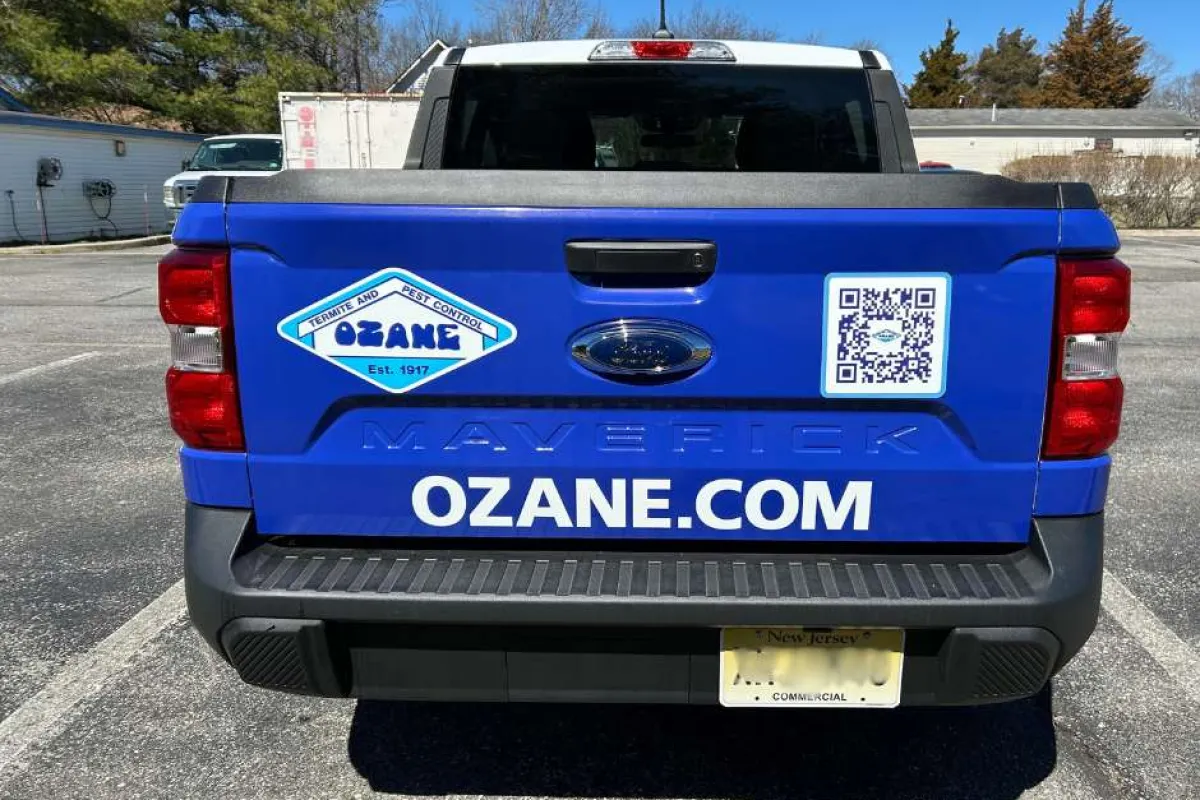
Best Crawl Space Protection
In Monmouth & Ocean County
Keeping a crawl space dry takes more than just one solution. That's why Ozane Termite & Pest Control offers a complete system that includes crawl space dehumidifiers, vapor barriers, insulated vents, mold testing, and flood vents. Each one plays an important role, and when combined, these crawl space solutions create a balanced system that keeps your home safe, dry, and healthy.
How They Work Hand in Hand
-
The vapor barrier blocks ground moisture.
-
The flood vents protect the foundation during storms.
-
The dehumidifier keeps everyday humidity under control.
Mold & Mildew FAQs
Expert Answers To Clear The Air
What causes mold growth?
A combination of moisture, a food source, and conducive environmental conditions typically cause mold growth in homes and buildings. Here are the main factors that contribute to mold growth:
1. Moisture
- Leaky Pipes and Roofs: Water from plumbing leaks or a damaged roof creates a damp environment ideal for mold.
- Flooding: Water intrusion from floods can saturate building materials, leading to mold development if not dried quickly.
- Condensation: Warm, humid air can condense on cool surfaces like windows, walls, or pipes, creating moisture pockets.
- High Humidity: Indoor humidity levels above 55% provide a breeding ground for mold spores.
- Inadequate airflow can trap moisture in areas like bathrooms, kitchens, basements, and crawl spaces.
- Stagnant air allows moisture to linger, encouraging mold growth on walls, ceilings, and furniture.
- Materials like drywall, wood, and carpet can absorb and retain moisture, providing a perfect environment for mold spores to thrive.
- Failure to repair leaks, clean gutters, or maintain HVAC systems can create conditions for mold growth.
- Blocked drainage systems can lead to water pooling, further increasing moisture levels.
- Mold thrives in warm temperatures between 60°F and 80°F, though it can grow in colder conditions if moisture is present.
- Mold feeds on organic materials commonly found in homes, such as wood, paper, dust, and even some types of insulation.
- Improperly graded landscaping or clogged downspouts can cause water to pool near the foundation, leading to damp basements or crawl spaces.
- Even minor water damage, if left untreated, can lead to hidden mold growth behind walls, under floors, or in ceilings.
By addressing these factors and ensuring proper ventilation, moisture control, and routine maintenance, homeowners and building managers can significantly reduce the risk of mold growth.
How can I tell if I have mold in my home?
Common signs of mold indoors include a musty odor, visible mold patches, and increased allergy or respiratory symptoms.
Can I clean mold myself, or do I need professional remediation?
Small patches can sometimes be cleaned by homeowners, but larger or hidden mold issues require professional remediation to ensure the mold is fully eliminated.
Do freezing temperatures kill mold, and can winter prevent mold growth?
Freezing temperatures can slow mold growth, but it doesn't kill mold. Mold spores can survive temperatures as low as freezing (32°F or lower). While growth typically halts in these conditions, the spores remain viable and can become active again when conditions improve. Some molds can survive in environments close to 0°F but will not actively grow until they are exposed to moisture and warmth.
Why does moisture attract termites?
How does moisture lead to termite infestations?
Moisture makes a home more inviting to termites in several ways. Damp conditions soften wood, making it easier for termites to chew and digest. The extra moisture also gives them the water they need to survive, since they depend on humid environments to keep from drying out. On top of that, damp areas often grow mold and fungi, which termites can eat along with the wood. That's why places like crawl spaces, basements, or water-damaged wood are some of the first spots termites attack.
What areas of a home are most vulnerable to termites due to moisture?
Moisture makes certain parts of a home more vulnerable to termites. Basements and crawl spaces are common problem areas because poor ventilation and high humidity create the damp conditions termites love. Leaky pipes or fixtures near sinks, showers, or appliances can also soak nearby wood, making it easier for termites to chew.
Roof and gutter problems—like clogged gutters or bad drainage—can cause water to pool and seep into wooden structures, while foundations without proper grading or moisture barriers let damp soil rest against the home, inviting termites to move in. Regular inspections and maintenance in these areas can go a long way in reducing the risk of termite infestations.
What types of termites are most attracted to moisture?
All termites need some moisture to survive, but subterranean termites depend on it the most. In Ocean and Monmouth County, the humid coastal climate and damp soil create the perfect environment for these termites to thrive. They build colonies underground where the soil provides constant moisture, then construct mud tubes—protective tunnels made from soil and saliva—to reach wood in homes while keeping the humidity they need.
Subterranean termites are especially drawn to spots where wood touches damp soil, like foundations, crawl spaces, and basements. Even small leaks or condensation around pipes and HVAC systems can give them the water source they need to move in. Once established, they feed on the cellulose in wood, often causing major damage before homeowners realize they're there. That's why controlling moisture and keeping homes dry is one of the most important steps in preventing infestations in the Shore area.
Why is moisture control such a big issue along the Jersey Shore?
How does moisture control help prevent pest problems?
Excess moisture attracts pests like termites, cockroaches, rodents, and silverfish. By keeping your crawl space or basement dry with solutions like crawl space dehumidifiers, vapor barriers, and proper crawl space insulation, you make your home less appealing to pests.
Do I need a dehumidifier if I already have flood vents?
Yes—flood vents help protect your foundation during storms, but they don't control the long-term humidity left behind after water recedes. A dehumidifier keeps the air in crawl spaces and basements at safe levels (below 55% humidity) year-round.
How often should I have my crawl space or basement inspected?
At least once a year. But in Ocean and Monmouth Counties, where storms, hurricanes, and nor'easters can hit hard, it's smart to check for leaks, standing water, or dampness after major weather events.
